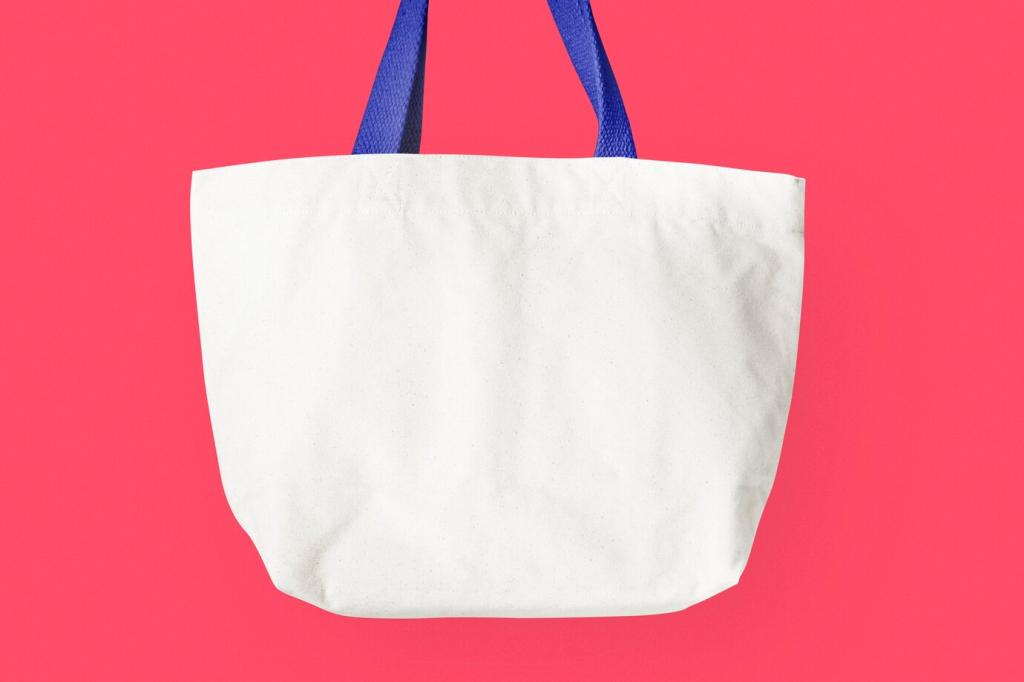Recycling and upcycling have become powerful concepts in shaping modern interior spaces, uniting sustainability with creativity. Embracing these practices within interiors not only benefits the environment by minimizing waste but also brings character and uniqueness into every space. Thoughtful use of recycled materials and inventive upcycling solutions enable homeowners and designers to reimagine the aesthetic possibilities in their surroundings, forging a responsible yet stylish path in design. This approach is transforming interiors by breathing new life into what was once considered waste, crafting spaces that tell meaningful stories with every carefully chosen detail.
The Benefits of Recycling in Interior Design
By incorporating recycled elements into interiors, the environmental burden associated with raw material extraction and waste generation is dramatically reduced. Every salvaged wood beam, repurposed glass pane, or recycled metal fitting used in a space prevents these materials from becoming landfill or requiring energy-intensive processing. This shift toward a circular design economy not only curbs pollution and waste but also fosters a mindset of conscious consumption. As interior designers champion these sustainable methods, they lead the way in promoting an industry-wide commitment to environmental stewardship, making every project both beautiful and beneficial to the planet.

Upcycling: Unleashing Creativity in Interiors
Transforming Furniture
One of the most popular manifestations of upcycling is in the transformation of old or outdated furniture. A battered wooden table can be sanded, painted, and fitted with new hardware to serve as a standout coffee table or workstation. Similarly, discarded dressers can be upcycled into bathroom vanities with carefully added plumbing and waterproof finishes, while vintage trunks may find new life as eclectic seating or storage. The creative remaking of furniture not only diverts usable items from landfills but also allows homeowners to craft bespoke pieces tailored to their exact tastes and functional needs, blending sustainability and style.
Reinventing Decorative Accents
Upcycling small decorative elements infuses interiors with both character and resourcefulness. For example, empty glass bottles become chic vases or pendant lights with the addition of simple fixtures and artistic touches. Old textiles, such as curtains or clothing, might be sewn into eye-catching cushion covers or patchwork throws that enliven a sofa or bed. These reimagined accents add layers of texture, color, and history to interiors, creating talking points that celebrate individuality. The act of upcycling encourages a playful, hands-on approach to décor, allowing anyone to experiment with unexpected combinations and custom designs.
Creative Wall Treatments
Walls provide a vast canvas for upcycled innovation within interiors. Pallets disassembled into planks can be stained and assembled into striking accent walls, introducing warmth and rustic charm. Salvaged architectural elements like tin ceiling tiles or reclaimed bricks can be arranged to craft bold backsplashes, headboards, or artistic murals. Even broken ceramics can be mosaicked to produce bespoke patterns and imagery that captivate the eye. Upcycling for wall treatments allows for dramatic transformations without resorting to mass-produced solutions, granting spaces an unforgettable look that’s rooted in sustainability and creativity.

Previous slide
Next slide
Join our mailing list
